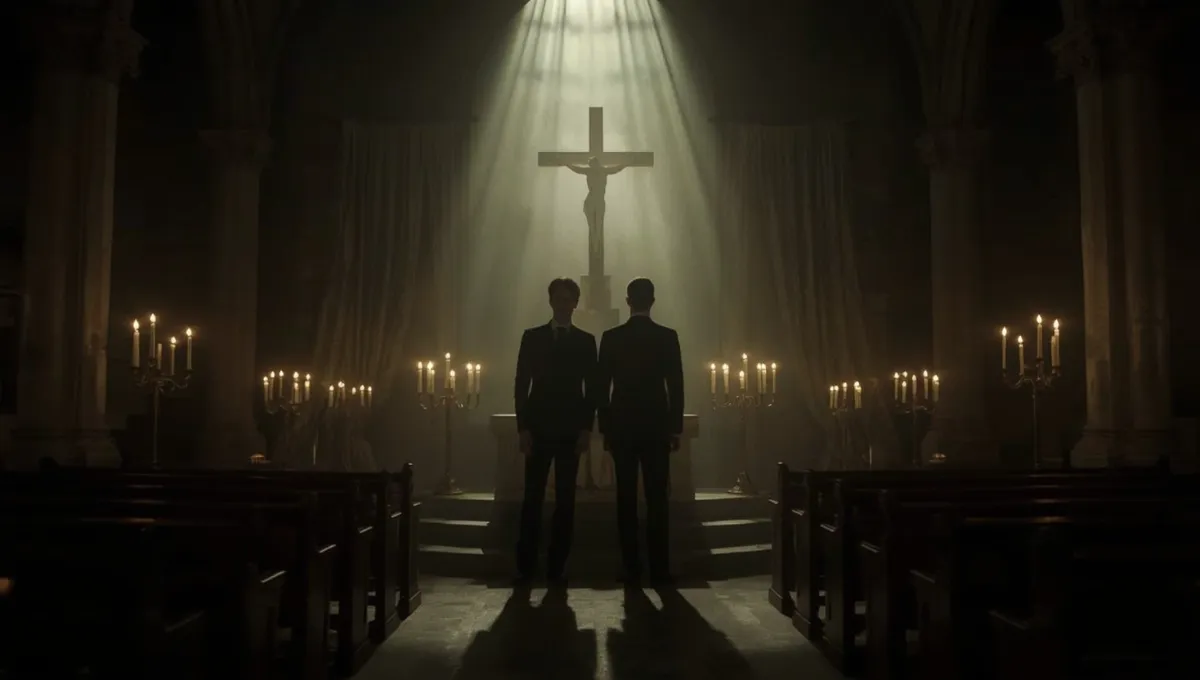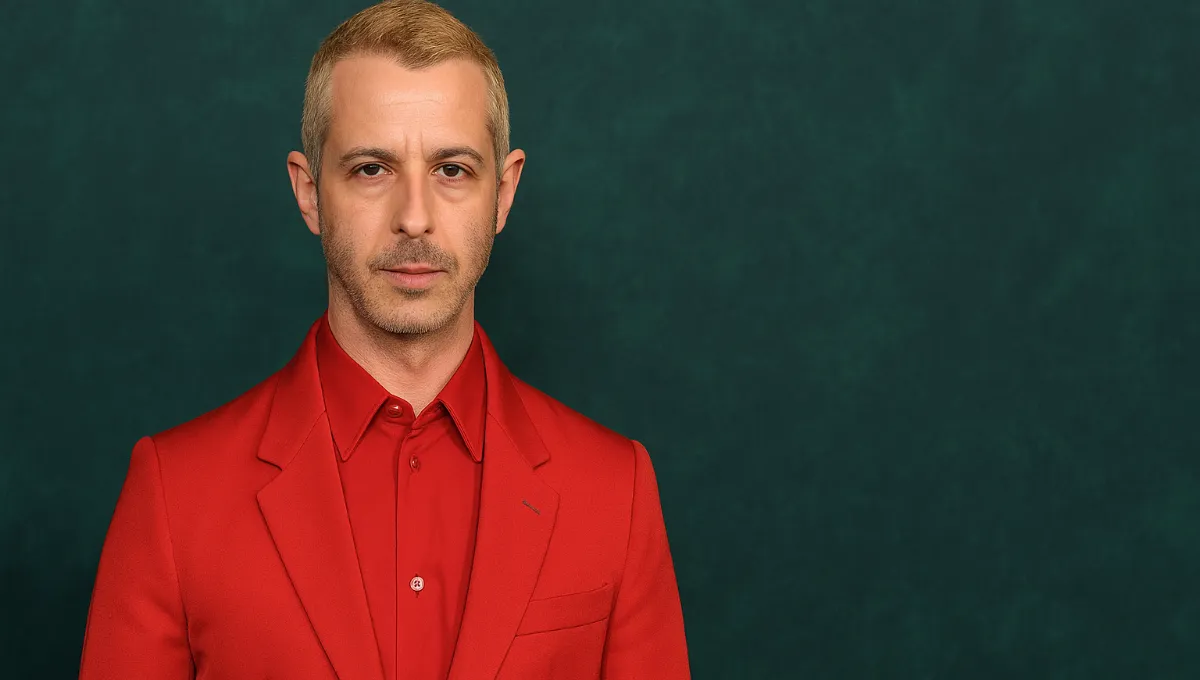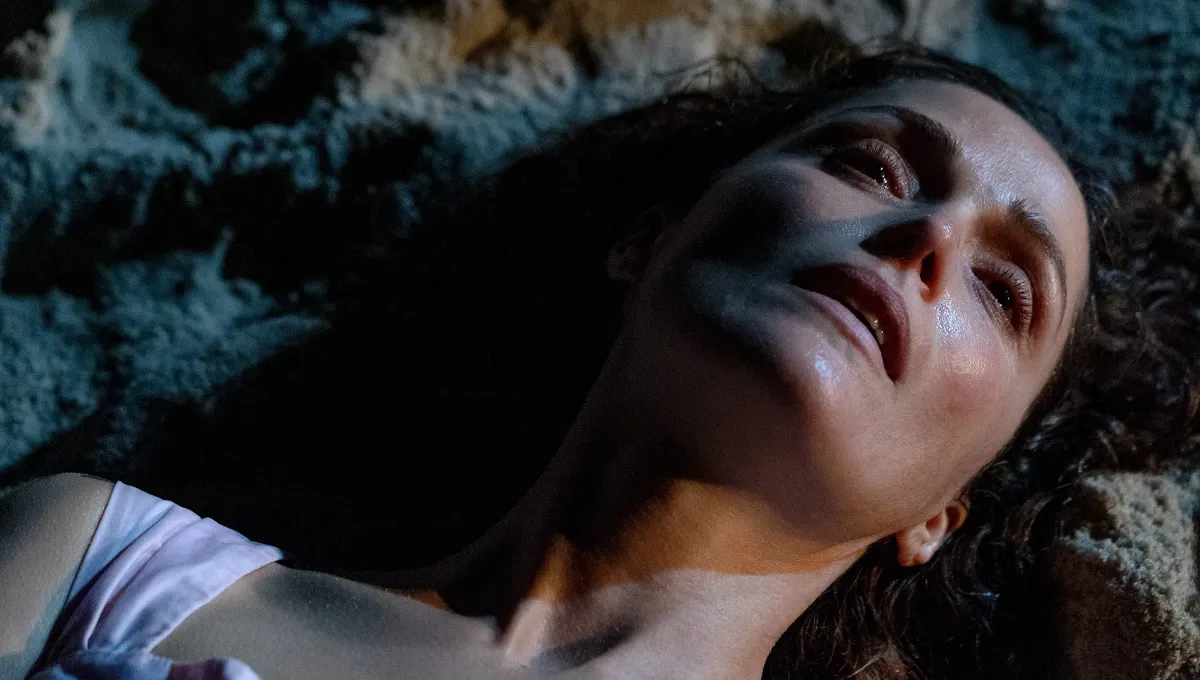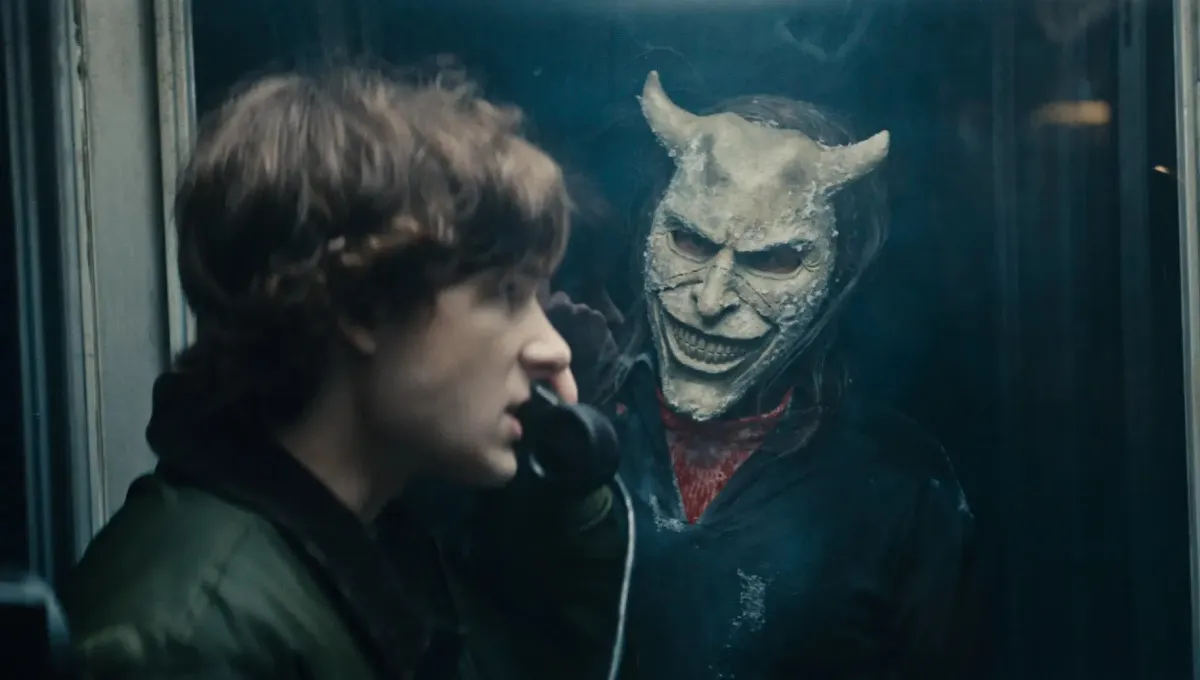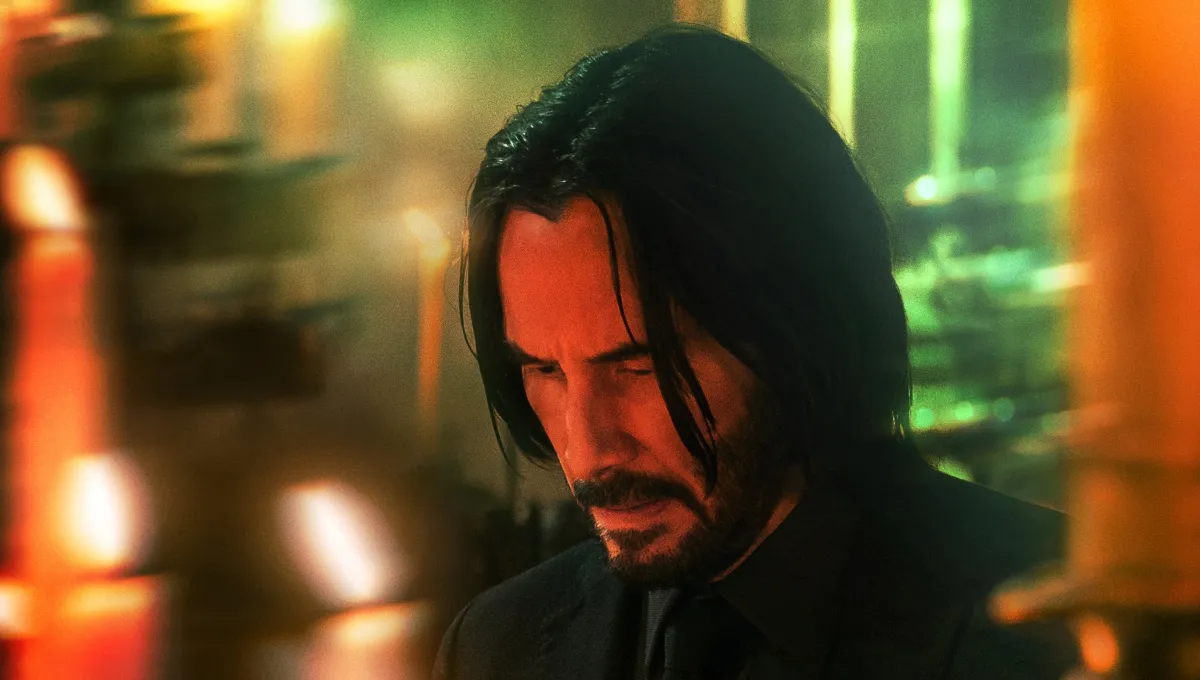James Cameron returns to Pandora on December 19, 2025, with Avatar: Fire and Ash — a film that pushes his epic saga into its darkest and most emotional territory yet. The third chapter continues the story of Jake Sully and Neytiri as they face not only new enemies but the unbearable weight of loss. What began as a story of discovery has become one of endurance, sacrifice, and the price of protecting a world that is both paradise and battlefield.
In the aftermath of the war against the RDA and the death of their eldest son, Jake and Neytiri’s family struggles to rebuild a fragile peace. Yet peace has never lasted long on Pandora. A new threat rises from within — the Ash People, a Na’vi tribe born from volcanic lands, hardened by heat and conflict. Led by the fierce Varang, they see fire as strength and domination as destiny. For them, the balance of Eywa is weakness. When the Sully family crosses their borders, survival becomes a fight not against humanity, but against their own kind.
Cameron transforms this premise into something far greater than a war story. It’s a meditation on grief and faith, on how families survive when the world around them turns to ash. Jake Sully, played once again by Sam Worthington, remains the reluctant hero — half warrior, half father — torn between his duty to his people and the ghosts of his past. His belief in Eywa, once unshakable, now flickers like a dying flame. Zoe Saldana’s Neytiri, once defined by spiritual strength, now fights with fury rather than calm; motherhood and rage blur into one. Her silence often says more than her arrows — she is the film’s heartbeat, fragile and unstoppable at once.
Their children step forward in ways that reshape the saga. Lo’ak carries guilt and bravery in equal measure, driven to prove himself even as war threatens to consume him. Kiri, portrayed again by Sigourney Weaver, remains the mysterious bridge between the Na’vi and Eywa, her powers expanding alongside her doubts. Tuk, the youngest, brings innocence into a story increasingly consumed by darkness. Spider, the human boy who became part of the Sully clan, struggles to define loyalty in a world that treats him as both insider and outsider. Every member of the family embodies a different response to trauma — fight, faith, love, or loss.
Among the newcomers stands Oona Chaplin’s Varang, one of the most complex villains Cameron has ever imagined. She is a leader forged by lava and pain, believing that peace is a lie told by the weak. Through her, the film explores how conviction can corrupt, and how good intentions can turn to tyranny. Varang’s Ash People live in a land of smoke and molten stone, their bodies adorned with armor made from cooled volcanic glass, their rituals both terrifying and beautiful. They represent the other side of Pandora — a culture not of harmony but of survival through dominance.
Returning too is Stephen Lang’s Colonel Quaritch, still locked in a genetic Na’vi body, more ghost than man. His obsession with Jake and Neytiri burns brighter than ever, even as his identity fractures. The line between revenge and purpose dissolves. Cliff Curtis reprises Tonowari, the wise reef chief whose calm stands in sharp contrast to the chaos around him. Together, these characters form a mosaic of loyalties and ideologies that collide like tectonic plates — family versus tribe, faith versus control, creation versus destruction.
Visually, Fire and Ash is unlike anything audiences have seen before. Pandora’s lush oceans and floating mountains give way to volcanic valleys, shimmering ash storms, and rivers of molten light. Fire becomes a living element — a symbol of both ruin and rebirth. Cameron’s team uses next-generation motion-capture and 3D cinematography to create a sense of total immersion. Every ember feels alive, every breath heavy with heat. The contrast between flame and bioluminescence transforms Pandora into a planet reborn through destruction. It’s not just world-building; it’s world-evolving.
Yet the film’s true strength lies in its emotion. Beneath the spectacle, this is a deeply human story told through alien skin. It’s about what happens when grief becomes identity, when love must choose between forgiveness and survival. The Sullys are no longer idealized heroes — they’re broken, conflicted, and achingly real. Cameron allows silence, stillness, and intimacy to carry weight where once only spectacle existed. Long before the climactic battles, the film earns its tears through quiet moments: a mother’s trembling hands, a son’s shame, a father’s helplessness in the face of destiny.
The runtime, exceeding three hours, is not indulgence but immersion. Cameron invites viewers to live within Pandora rather than merely watch it. The sound design breathes — volcanic echoes mixing with the deep pulse of Na’vi chants. Composer Simon Franglen builds on the series’ musical legacy, layering tribal percussion with mournful strings that mirror the film’s emotional combustion. The result is less an action movie and more an operatic meditation on change.
As with every Avatar film, environmental subtext runs deep. The clash between tribes reflects the way humanity turns on itself over ideology and resources. The Ash People embody the cost of imbalance — the idea that domination masquerading as progress always ends in ash. Through them, Cameron warns of cycles repeating, of civilizations doomed to destroy what they claim to protect. Yet hope remains, fragile as a glowing seed in a burnt forest. Kiri’s connection to Eywa hints that life, once again, will find a way.
When the firestorm finally comes — an explosive convergence of air, land, and flame — Fire and Ash delivers not only spectacle but catharsis. Every battle is personal, every loss devastating. The visual grandeur hides a simple truth: the greatest wars are fought inside the heart. The ending, reportedly quiet and reflective, leaves viewers in awe rather than exhaustion. It’s less about who wins and more about what survives — love, family, memory, and the fragile hope that tomorrow might bring peace.
In a time when franchises chase repetition, Cameron continues to chase reinvention. He understands that audiences crave awe, but also connection. Avatar: Fire and Ash is designed as both — a reminder that the biggest screens in the world can still hold the smallest, most intimate human emotions. It’s a story of parents and children, of cultures clashing, of worlds ending and beginning again. It’s fire consuming, and ash forgiving.
When the lights fade, Pandora still glows in the mind — wounded, beautiful, and alive. And as the Sully family stands beneath the burning sky, one truth becomes clear: even in ruin, there is renewal. In every ending, Cameron leaves the spark of a beginning.

Grace Whitmore is a beauty and lifestyle editor at Nestification, exploring the intersection of modern femininity, quiet luxury, and emotional design. Her work focuses on how aesthetics, mindfulness, and self-expression shape today’s idea of calm confidence — where beauty becomes a state of mind.
Based in New York · [email protected]

